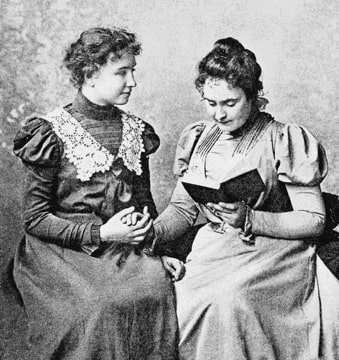

The Pack contains associated resources for the learning experience, typically in the form of articles and videos. There is a teacher Pack (with only teacher information) and a student Pack (which contains only student information). As a teacher, you can toggle between both to see everything.
Here are the teacher pack items for Civil Rights for Other Minorities:


Overview In this experience, students discuss the question: Should the right of freedom of speech apply even to groups that promote hate speech or try to curb the rights of others? Then they examine the Chicano Movement, including the grape boycott and Chavez’s approach to non-violent activism. Next they analyze the twenty points in the American Indian Movement’s “The Trail of Broken Treaties.” Finally they examine the advantages and disadvantages of ways in which individuals and organizations can participate in the democratic process. Students will collaborate in small groups for scene 1 to scene 4. Divide students into their small groups when beginning the experience. Objectives
Civil rights movements were not only fighting for the rights of African Americans. Other ethnic and racial groups also organized to demand their rights in the United States. In this experience you will learn about the activities to promote civil rights especially for Mexican Americans and American Indians.
Objectives

Helen Keller and Anne Sullivan in 1888.
Keller was a founding member of the American Civil Liberties Union (ACLU).
The American Civil Liberties Union was founded in 1920 to protect the rights of individuals who found themselves targeted during the Red Scare. One of its first major actions was partnering with defense lawyer Clarence Darrow during the Scopes Trial of 1925.
The ACLU is committed to the principle that constitutional rights must apply to even the most unpopular groups if they are going to be preserved for everyone. In 1978 the ACLU defended a Nazi group that wanted to march through Skokie, a Chicago suburb that was home to many Holocaust survivors. The ACLU persuaded a federal court to rule against several ordinances restricting the Nazis’ First Amendment rights to march and express their views.
Discuss with your small group members: Should the right of freedom of speech apply even to groups that express hate speech or curbing the rights of others?Choose a group note taker to summarize your conclusions.
If groups struggle with the question, have them narrow it by asking: Should the right of freedom of speech always apply to social media platforms, even if posts express hate speech or incite violence? Ask students to provide current examples as evidence for their responses.
